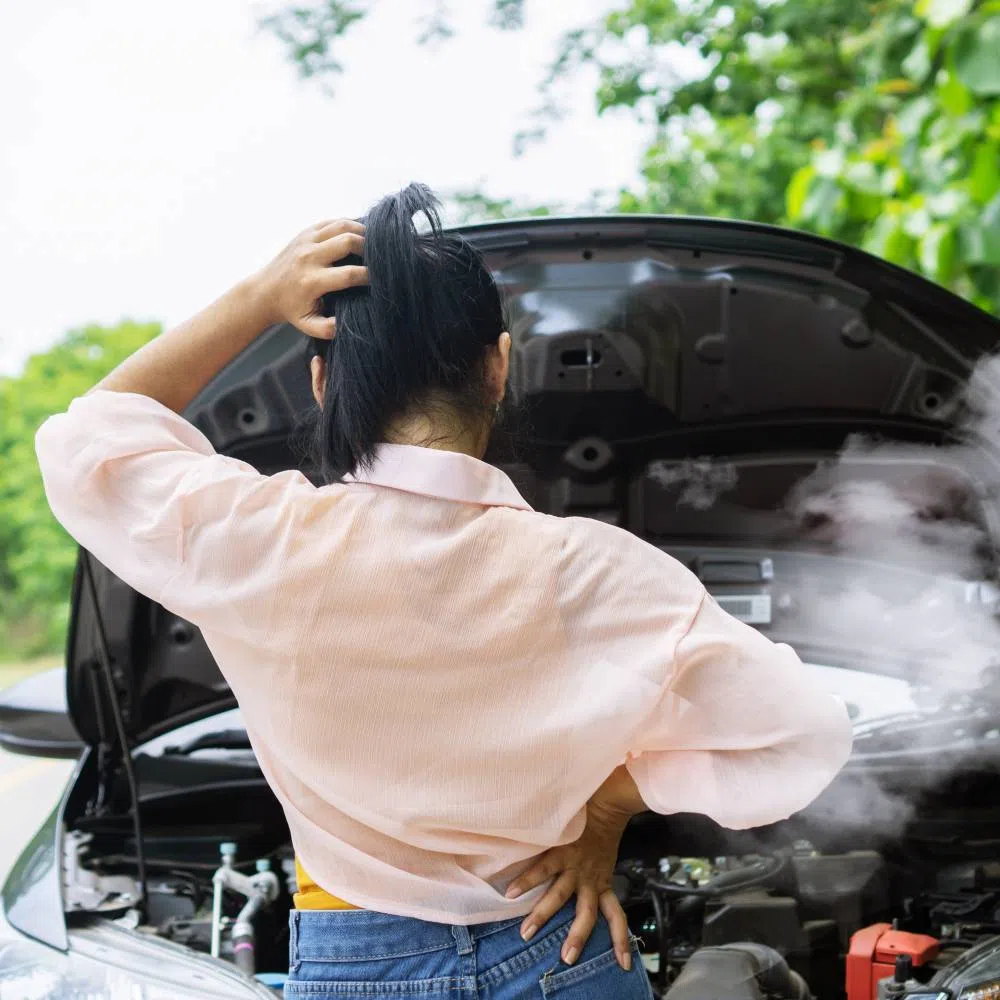When your car starts acting up, it can be frustrating and stressful. Understanding how to determine what is wrong with your car is essential for anyone who wants to keep their vehicle running smoothly and avoid costly repairs. This guide will walk you through the process of diagnosing common car problems and provide tips on how to address them.
The Check Engine Light Is On
The check engine light is the first sign that something might be wrong with your car. When this light appears on your dashboard, it indicates that the vehicle’s computer has detected a problem. You should take this warning seriously and use an OBD-II scanner to read any Diagnostic Trouble Codes (DTCs) stored in the system. These codes can give you a good idea of where to start looking for issues.
Unusual Noises
If your car makes unusual noises, something is wrong. Listen for abnormal sounds like squeaks, rattles, or grinding noises. These can often provide clues about the source of the problem. For example, squealing brakes could indicate worn brake pads, while a knocking sound from the engine might signal a serious issue with the internal components.
Poor Performance
Another red flag is a noticeable drop in your car’s performance. If your vehicle struggles to accelerate, frequently stalls, or experiences a decrease in fuel efficiency, it’s important to address these issues promptly. Various factors, including fuel system problems, ignition system issues, or a clogged air filter can cause these symptoms.
Fluid Leaks
Finding fluid leaks under your car can be alarming. Leaks can come from various vehicle parts, such as the engine, transmission, or cooling system. Identifying the type of fluid that is leaking can help you determine the source of the problem. For example, oil leaks are usually black or brown, while coolant leaks are typically green, orange, or pink.
Strange Smells
Unusual odors coming from your car can also indicate a problem. As with leaks, considering the type of smell coming from your car can help you determine the cause of the issue. A burning smell might suggest an issue with the brakes or the clutch, while a sweet smell often indicates a coolant leak. Pay close attention to these smells, as they can provide valuable clues about what might be wrong with your vehicle.
Exhaust Smoke
The color of your car’s exhaust smoke can also provide insights into potential problems. Blue smoke usually indicates oil burning in the engine, white smoke might suggest a coolant leak, and black smoke is often a sign of too much fuel being burned. Observing the exhaust can help you narrow down the possible causes of engine trouble.
Conclusion
Understanding what is wrong with your car is invaluable for maintaining your vehicle’s health and avoiding costly repairs. You can diagnose and address issues before they become more serious by paying attention to warning signs such as the check engine light, unusual noises, and poor performance. Always consider looking at DTCs for precise identification of problems. Consulting a professional mechanic is recommended for complex issues to ensure your car remains in top condition.
Image Credentials:doucefleur, 439976521




Comments